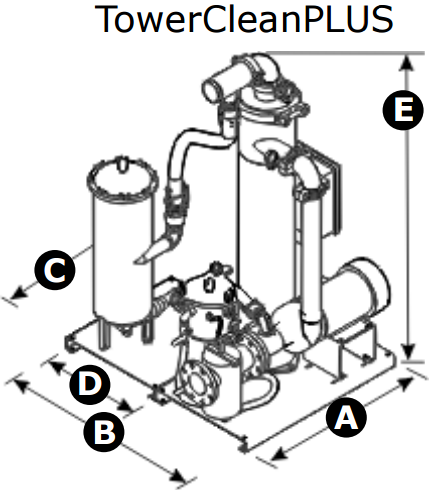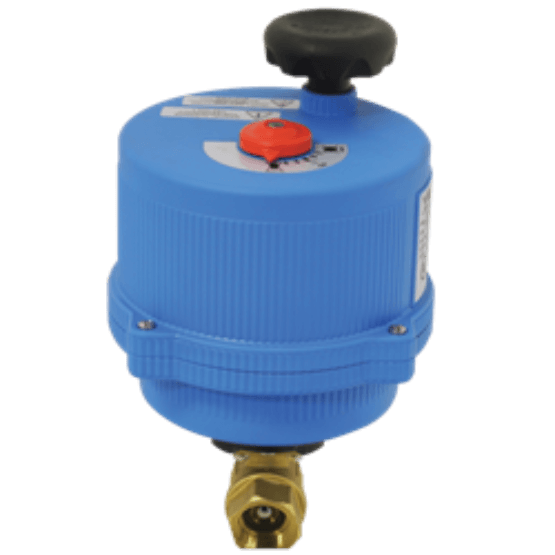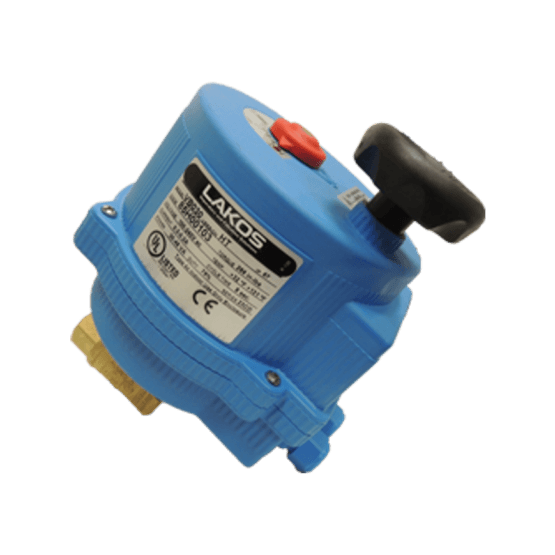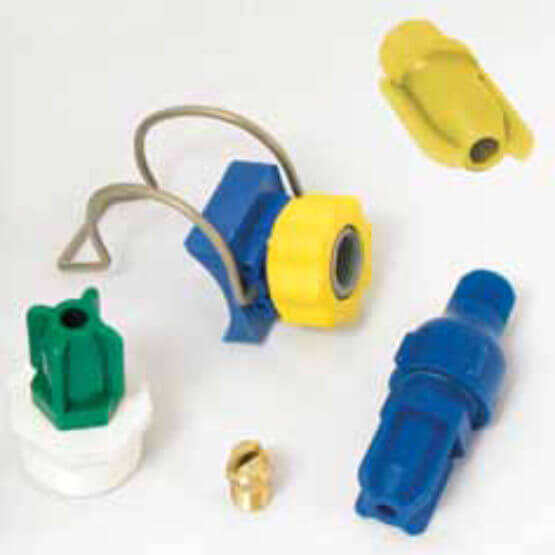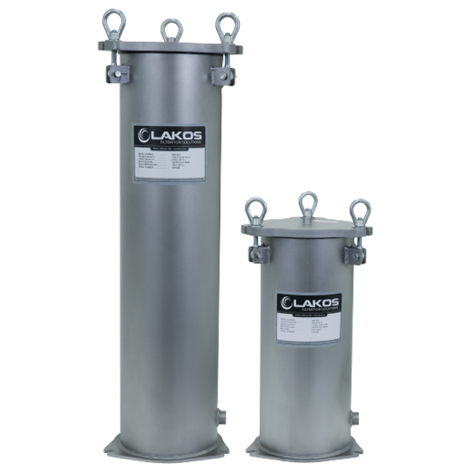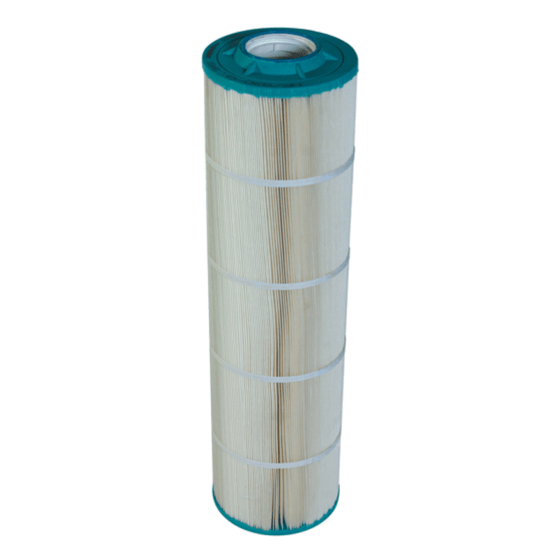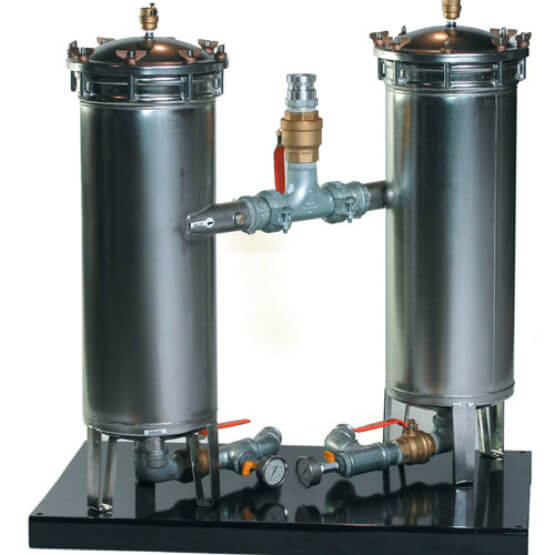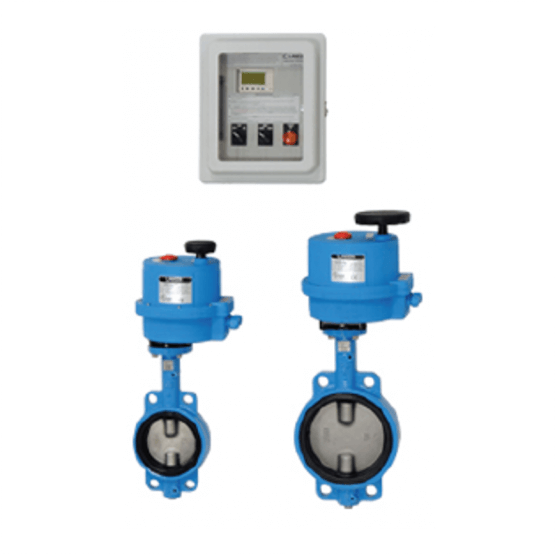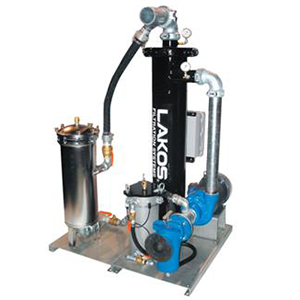
TowerClean PLUS Packaged System for Sub-Micron Filtration
The LAKOS TPX Systems take a standard TCX System and pairs it with a LAKOS Cartridge Filter to create a TowerClean PLUS System. The TowerClean PLUS Systems take a portion of liquid from the outflow that has already gone through the LAKOS Separator and filters it again through a cartridge filter for finer or even sub-micron filtration.
Flow Range: 65 – 1,100 US GPM (15 – 250 m³/hr)
Maximum Pressure: 150 psi (10.3 bar)
Cartridge Filter Micron Ratings: 0.35, 1, 5, & 10 microns
